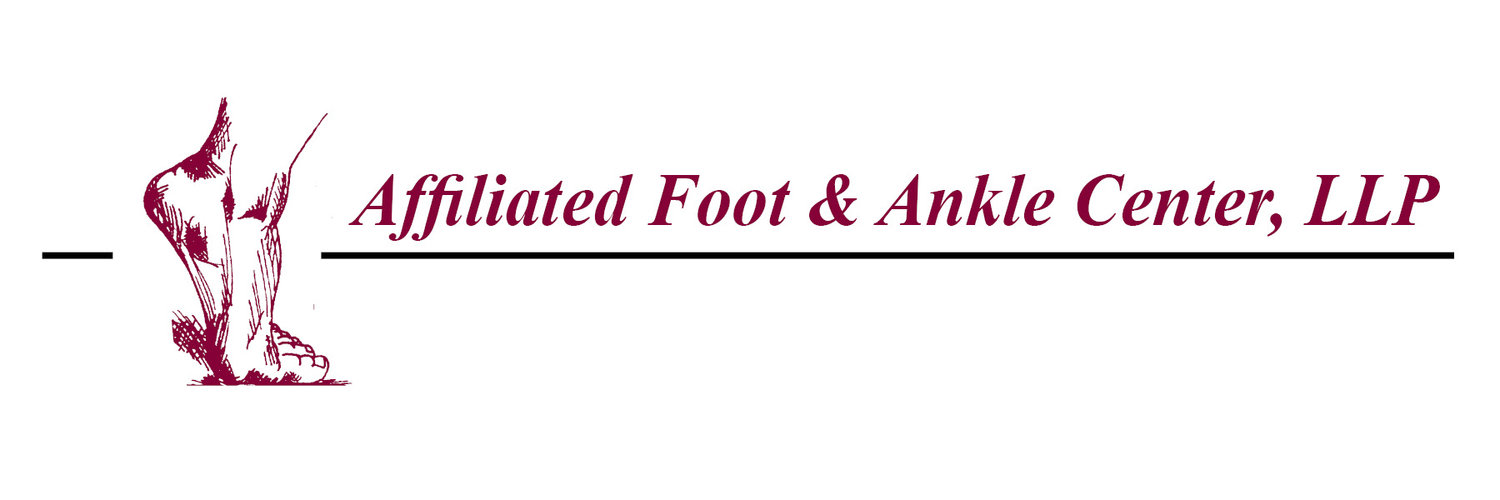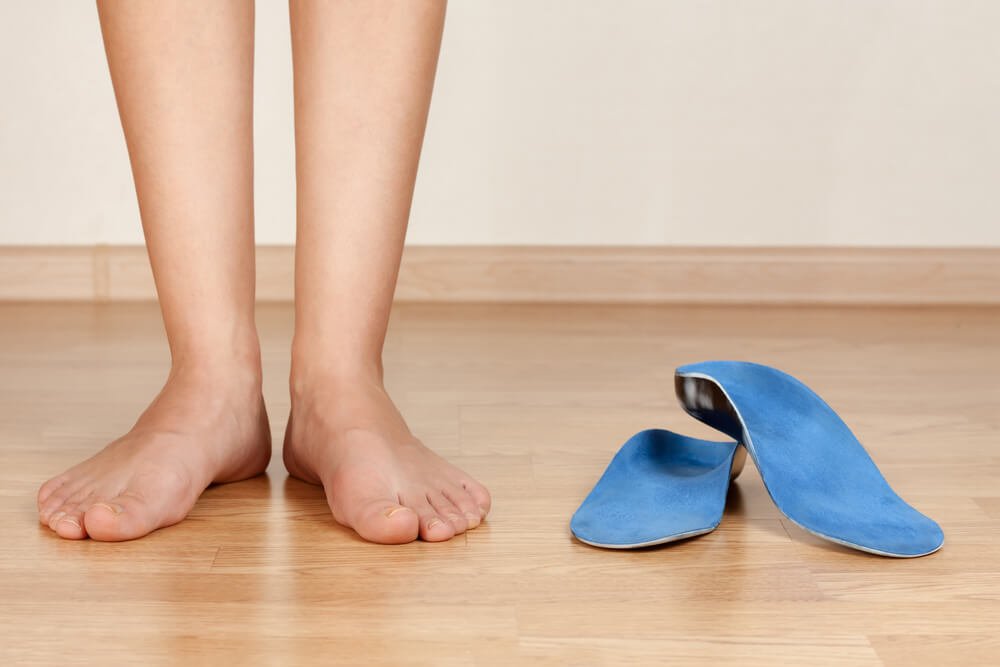CUSTOM ORTHOTICS
At Affiliated Foot and Ankle Center we see a variety foot and ankle conditions which is cause by biomechanical etiology. The term biomechanical mean that the misaligned joints can cause pain in the foot and ankle as well as stress in the lower back, hips, and knees. Here at Affiliated Foot and Ankle Center once the patient is evaluated and it is determined that the patient is a candidate for a device called a prescription or orthotic, we will prescribe this device which is inserted into the shoe. It will bring the misaligned joints back into alignment and help relieve the pain in the foot and ankle. As well as help relieve the stress in the lower back, hips, and knees. Foot pain is not normal and if you are experiencing any pain at this time please feel free to contact our office and consult with one of our foot and ankle doctors to determine if you are a candidate for orthotics.
3D Custom Orthotic Digital Scanning
Our state-of-the-art 3D scanning software will create an exact dynamic mold of the lower extremity. The result is a custom made device providing trusted support. Our Podiatrists are able to achieve fast fabrication because of our in-office computerized CAD-CAM orthotics process. Here the foot is scanned into a computer while held in a corrected position. When necessary our prescription software modifications are then made. This information is then transferred to the computer-milling machine, which produces the custom orthotic shell. It is hand modified and finished to produce a perfect-fitting prescription orthotic device, designed to correct the faulty biomechanical foot function and relieve pain.
We offer a full range of orthotics to work with all types of shoes and activities:
Sports shoes
Casual shoes and sandals
Dress shoes and sandals
Common conditions treated by orthotics include:
Heel pain: plantar fasciitis, heel spurs syndrome
Neuroma: pinched, swollen nerve in the ball of the foot
Capsulitis: pain beneath the metatarsal bones in the ball of the foot
Pain and arthritis of the great toe joint
Sesamoiditis: pain associated with the small bones beneath the ball of the foot near the base of the great toe
Tendonitis of the foot or ankle
Shin Splints
Runner's knee
Some gait-related hip and low back pains
Contact Affiliated Foot & Ankle Center for your bio-mechanical analysis and complete evaluation.
ORTHOTIC FAQ'S
What is an Orthotic?
Orthotics are custom made devices manufactured from many types of materials. They fit inside your own shoes, and are worn on a full time basis. Orthotics help to control the way your foot functions. There are many types of orthotic devices. Advances in technology enable your podiatrist to prescribe a device specific to the activities that you participate in the most. From walking to running, or aerobics to basketball, orthotics can help you perform at peak efficiency. Professional orthotics are made from impressions of your feet. The devices are custom made for your feet only. Just as contact lense or glasses improve vision, orthotics will help your podiatrist improve your foot functions.
What does Biomechanical Orthotics mean?
Biomechanics involves the sutdy of body in motion. Biomechanical orthotics are prescription inserts made from neutral foot position casts. The prescribing practitioner sends the casts and clinical information to a professional orthotics laboratory, where an evaluation specialist reviews the casts and prescription. A staff doctor oversees the evalutaion in the form of a "second opinion." Then a producation clinician takes responsibility for fabrication and quality control of the individual prescription. The fabricated orthotics are send to the doctor to dispense with instructions to the patient. Orthotic Treatment may be combined with other forms of treatment, such as injections, medications, physical therapy or surgery.
Is There More Than One Type of Orthotic?
Because we are born with different foot types, and because we engage in different occupations and activities, there are specific types of orthotics for individual patients. Orthotics may be used with children, adults, athletes, edlerly patients and, very often, with patients following surgery or injury. Orthotics may be rigid, semi-rigid or soft (flexible).
How Long will I need to Wear Orthotics and How Long do they Last?
Orthotics may require a gradual break-in period. They are worn in 95% of all walking or standing activities. You will probably need to wear orthotics indefinitely, depending upon your activities. You may need periodic changes in your prescription as your foot function changes.
Will I Need More Than One Pair of Orthotics?
There are patients who may need one pair for work and one pair for recreation. Women who wear different heel heights may require an additional pair. Your podiatrist may recommend more than one pair, depending on your individual ne ed.


